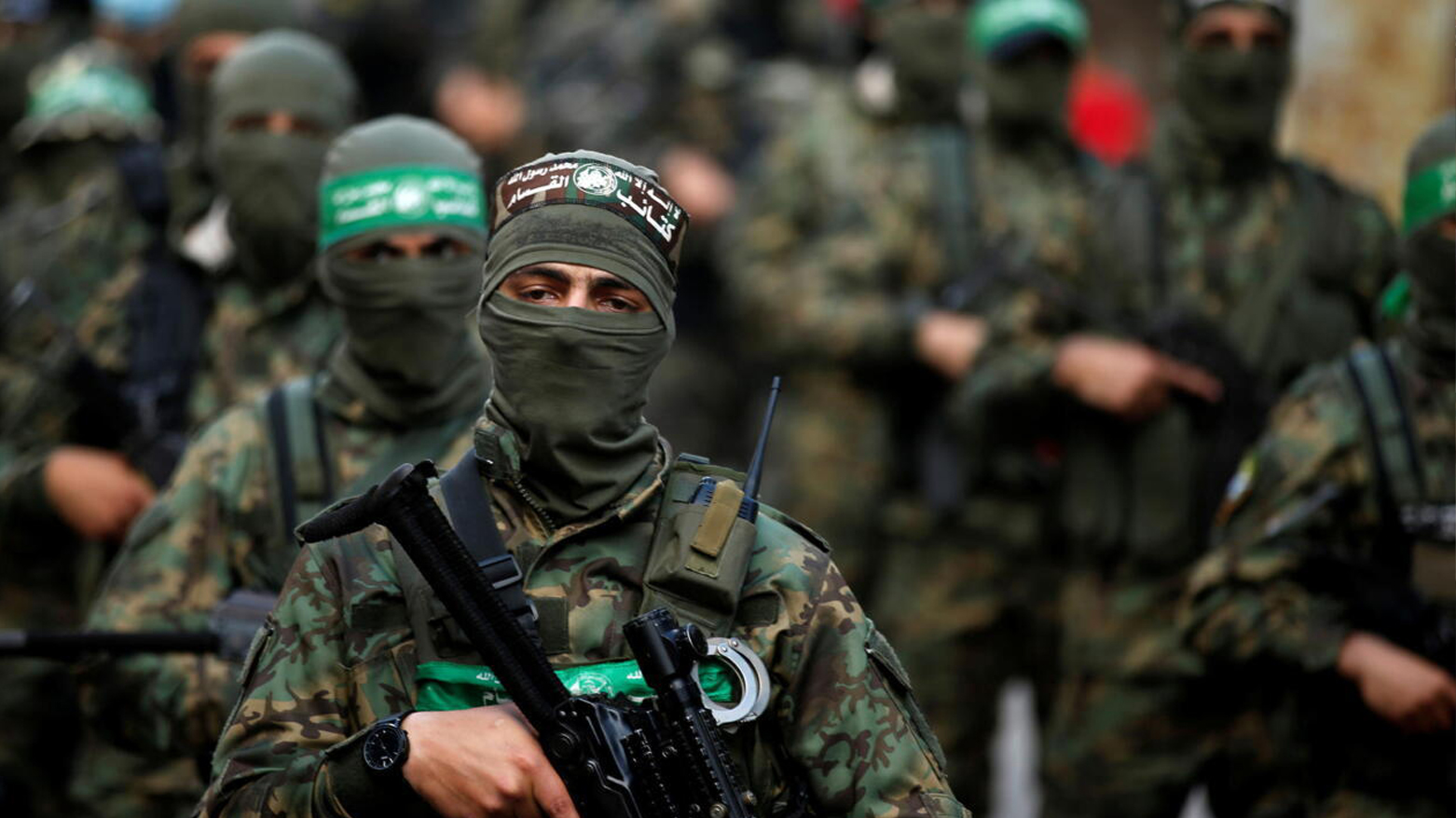Israeli Army Chief: Fate of Gaza Militants “Either Death or Surrender”
Israeli Army Chief Eyal Zamir states militants trapped in a Rafah tunnel must "surrender or die," opposing deportation. The crisis highlights internal Israeli divisions over ceasefire terms and Gaza's future, complicating mediator efforts.

ERBIL (Kurdistan24) – Intense political and military debates continue inside Israel over the fate of dozens of Palestinian fighters trapped inside one of Rafah’s tunnels in southern Gaza, as mediators push to sustain the fragile ceasefire and prevent its renewed collapse amid contradictory statements from Israeli officials revealing internal divisions.
According to Israel’s Channel 12, Chief of Staff Eyal Zamir told a cabinet security meeting late Saturday that he opposed any proposal to deport the trapped fighters, stressing that “the crisis must end either by killing them or by their surrender.” Zamir clarified that surrender, in his view, means “coming out in their underwear, blindfolded, handcuffed, and transferred to the detention camp in Sde Teiman.”
Zamir also voiced opposition to advancing to the next phase of the prisoner exchange deal before Israel retrieves the bodies of its soldiers held in Gaza. He further insisted that reconstruction in the enclave must not begin before complete disarmament.
Defense Minister Yisrael Katz reportedly revealed that the idea of deporting the militants had been raised earlier but was dismissed after he claimed that Hamas carried out attacks during previous ceasefires, killing three Israeli soldiers.
According to Maariv newspaper, the Israeli army estimates that the tunnel holds between 120 and 150 members of the al-Qassam Brigades, Hamas’s armed wing, trapped on the Israeli side of the so-called “yellow line.” The Israel Broadcasting Authority added that the military has begun mapping the complex Rafah tunnel but refrains from striking it to preserve intelligence related to the body of Lt. Hadar Goldin, killed in Rafah in 2014 and whose remains are still held by Hamas.
Meanwhile, former U.S. Middle East envoy Steve Witkoff said that Hamas officials told him and former Trump adviser Jared Kushner that the group intended to disarm during their “famous meeting” hours before the October 9 ceasefire was signed.
“Hamas has always indicated that they would disarm. They said it to us directly during that meeting,” Witkoff stated at the America Business Forum in Miami. He added that the U.S. was “in the middle of establishing a decommissioning process — a demilitarization and amnesty program.”
Witkoff explained that Hamas had expressed readiness for an international security force to oversee the weapons handover and that he hoped to assemble that force within three weeks. “That will be the inflection point — when we see if everyone will keep their word and truly demilitarize,” he said.
He noted that the plan focuses initially on fighters currently surrounded in areas controlled by Israel under the ceasefire terms, describing it as a “model” for a broader disarmament initiative.
“We may see the model of what we’re trying to do here with those 200 fighters trapped in Rafah — whether they will raise their hands, walk out, and turn over their weapons,” Witkoff said, adding that he had recently spoken with Turkish Foreign Minister Hakan Fidan and Israeli Strategic Affairs Minister Ron Dermer regarding the process.
The conflicting statements and the stalled progress in Rafah highlight the deep uncertainty surrounding both the ceasefire’s durability and the future of Gaza’s armed groups, as Israel insists on full demilitarization before any reconstruction or political resolution moves forward.